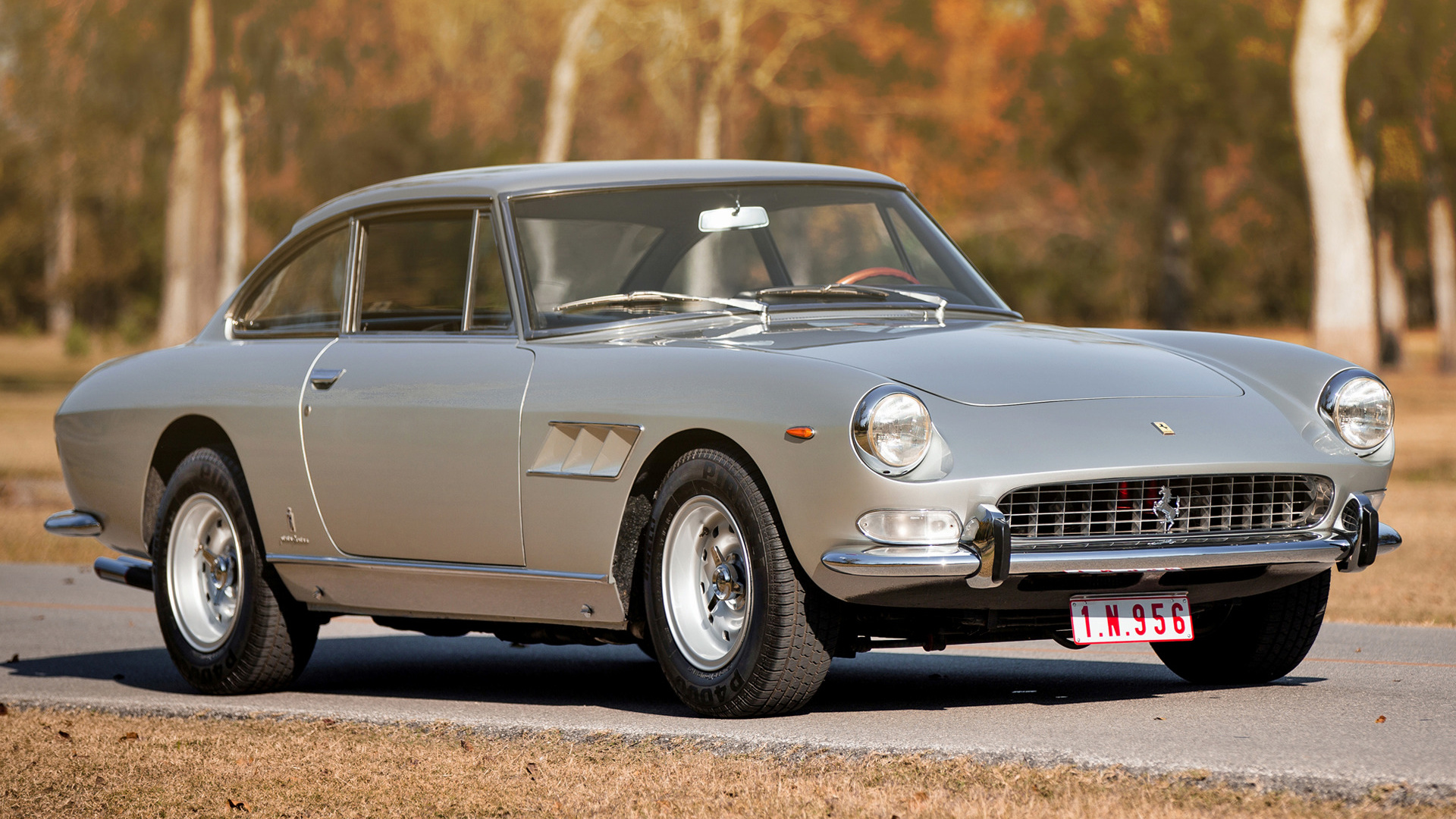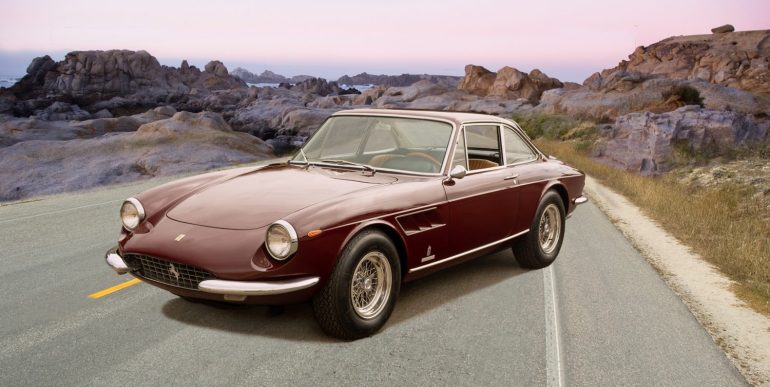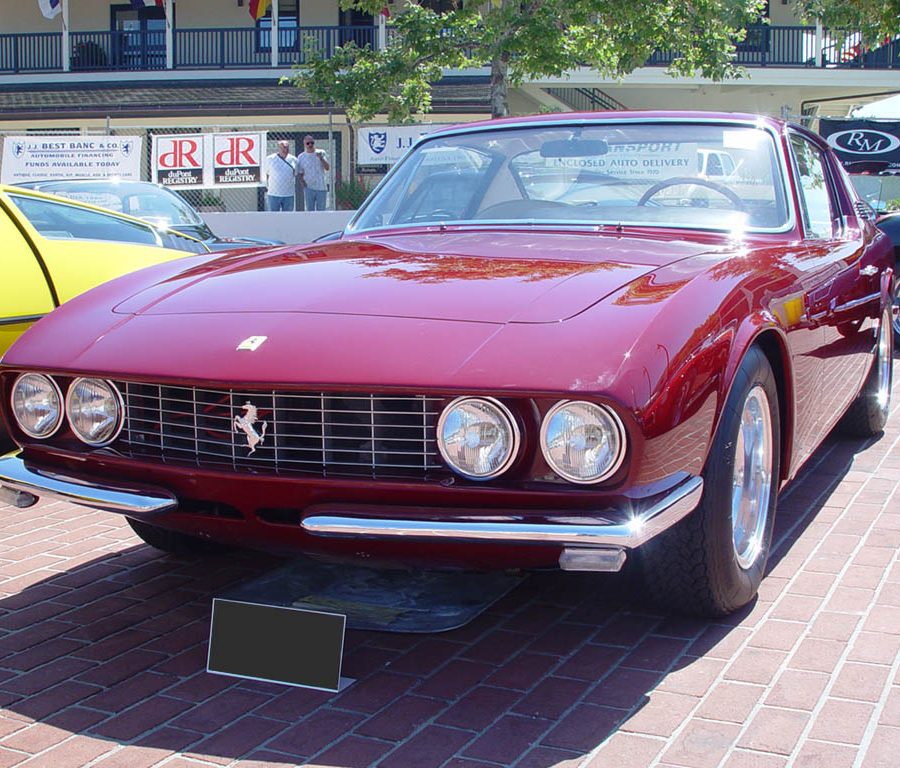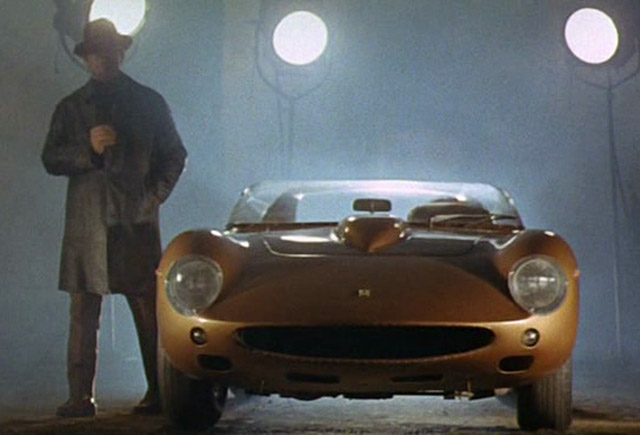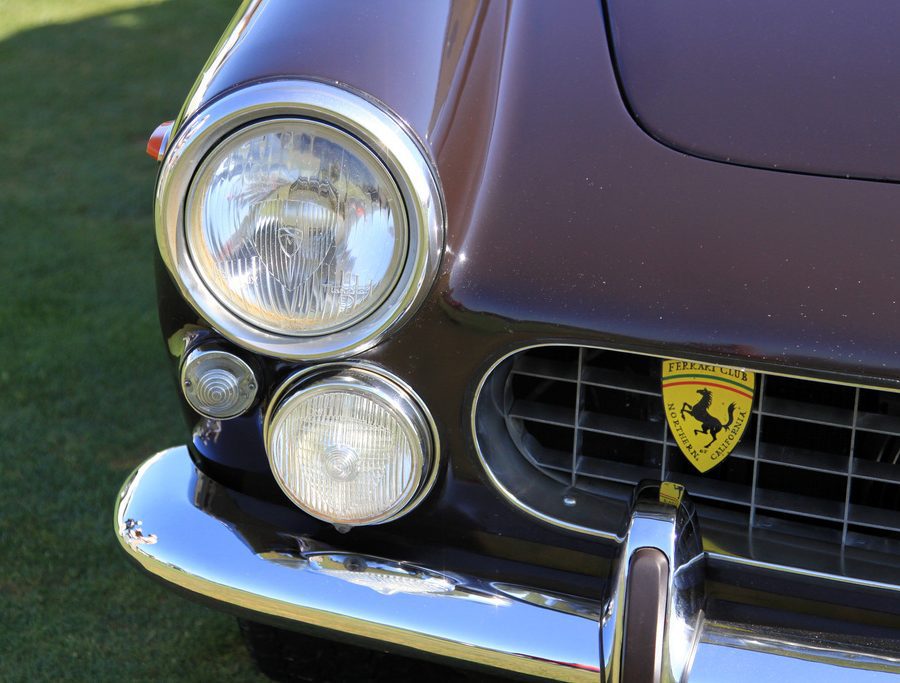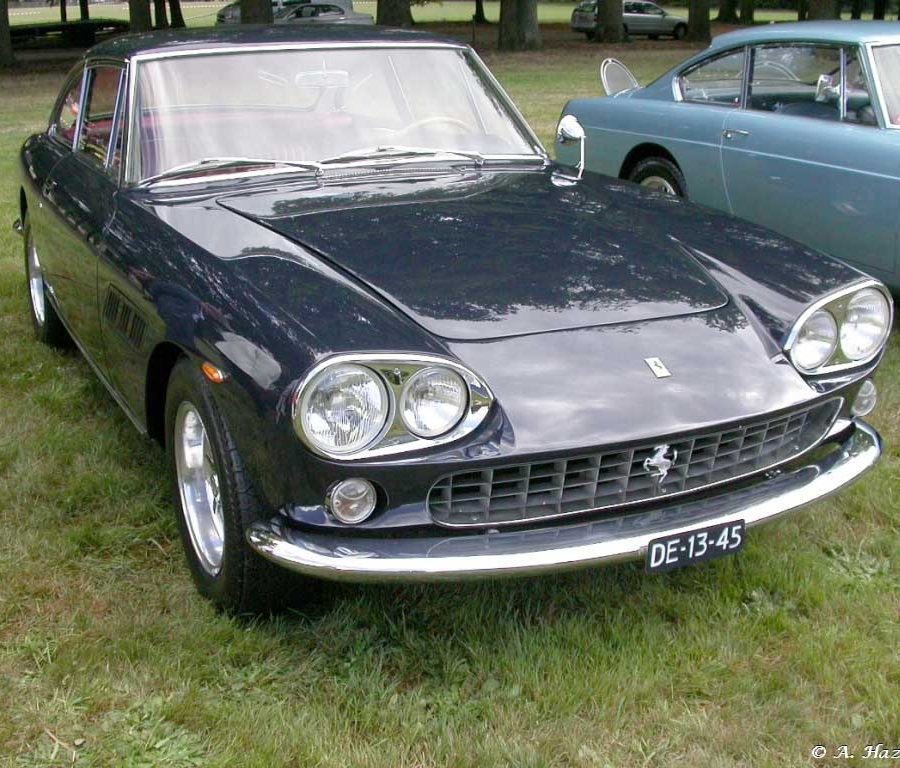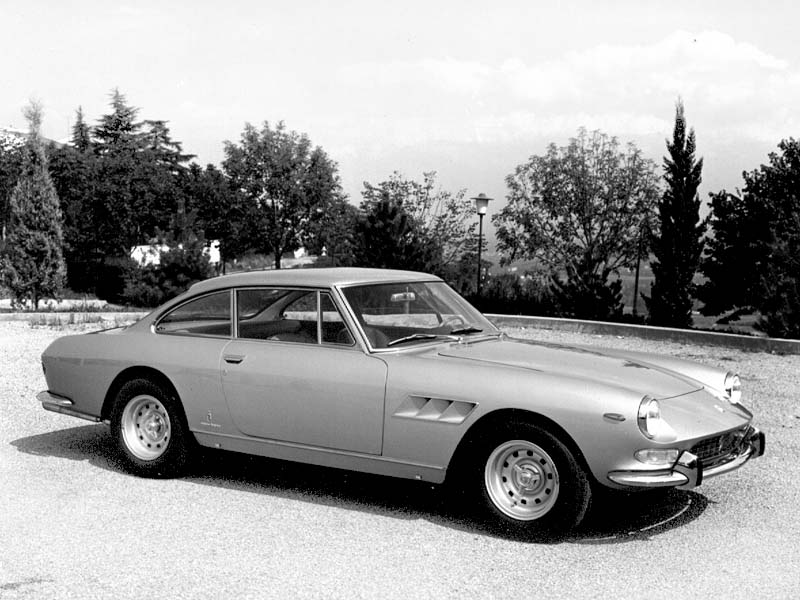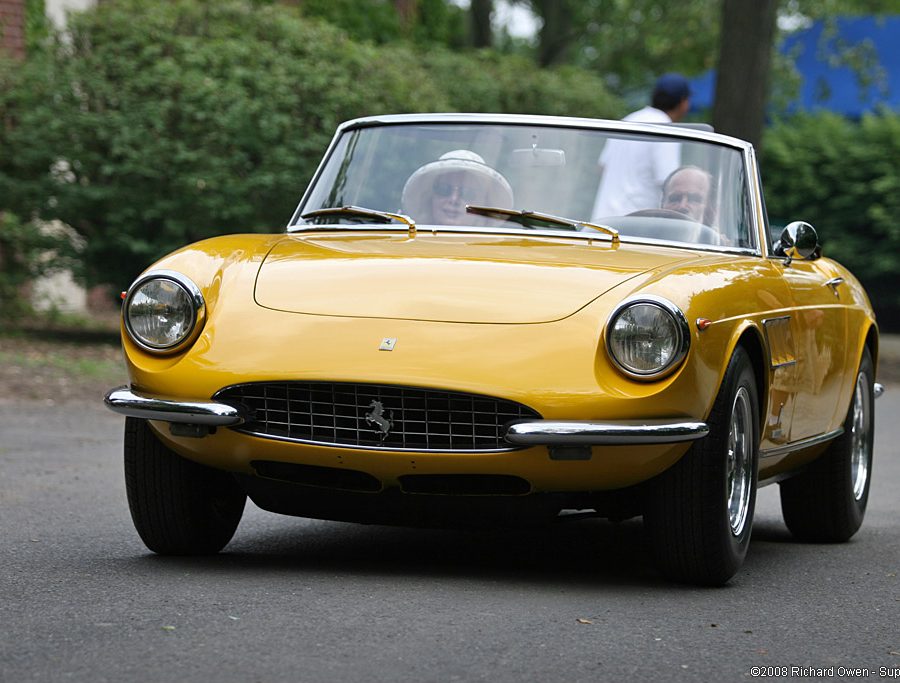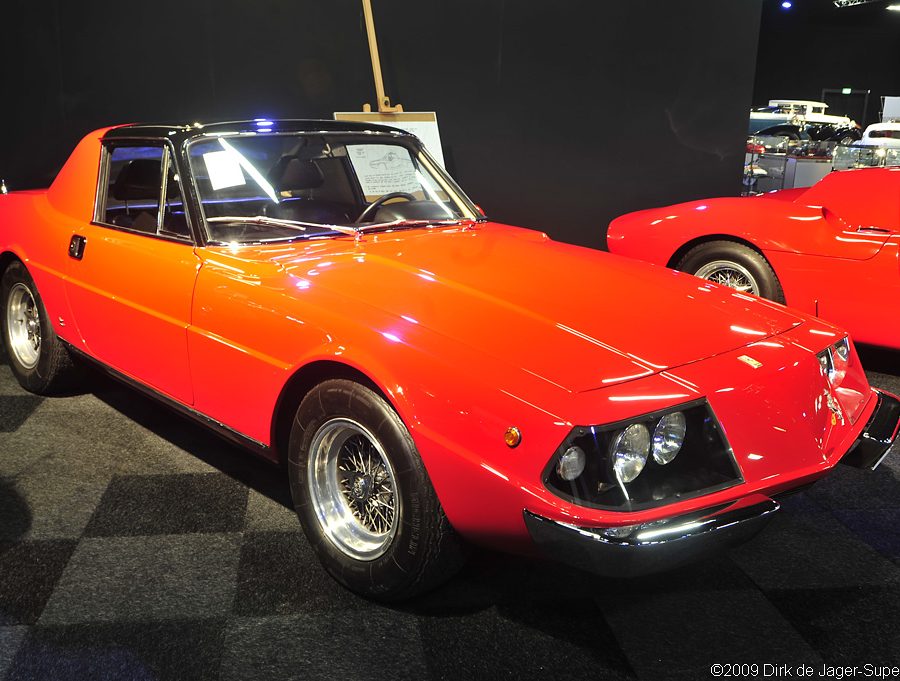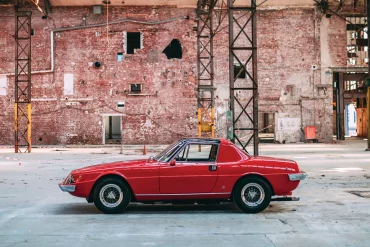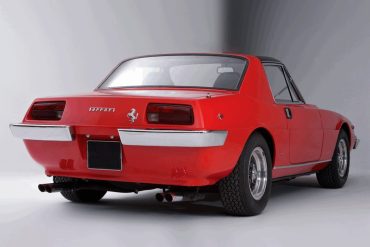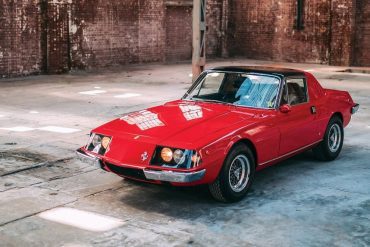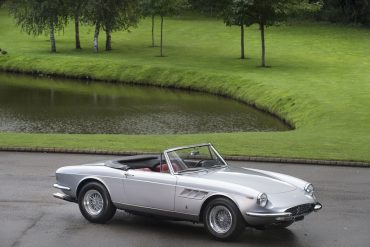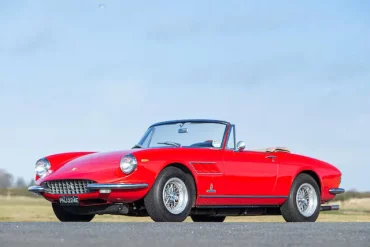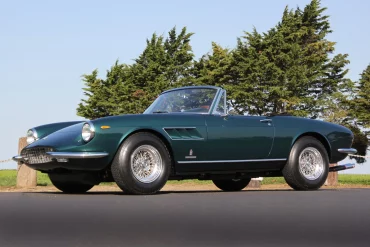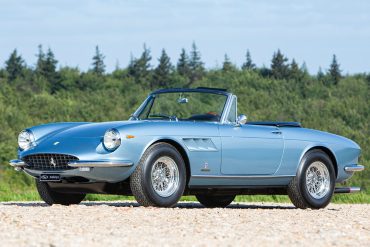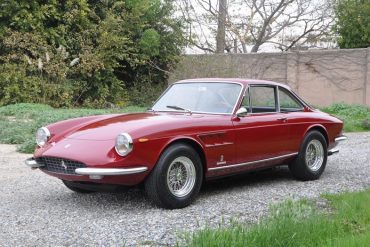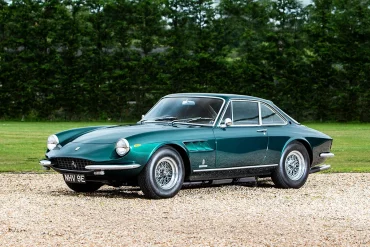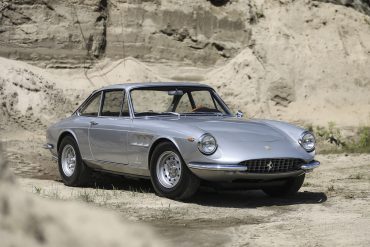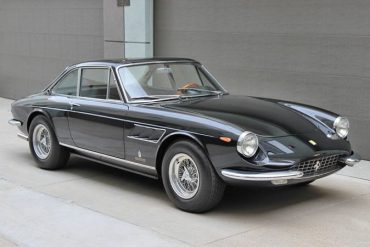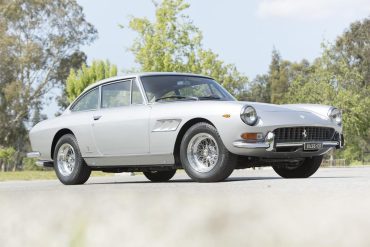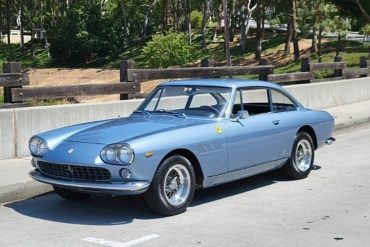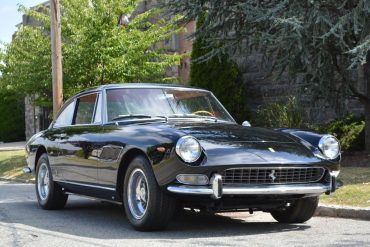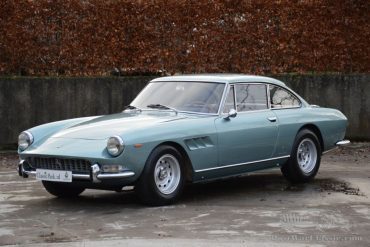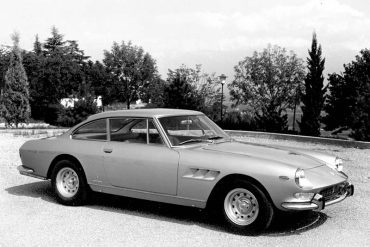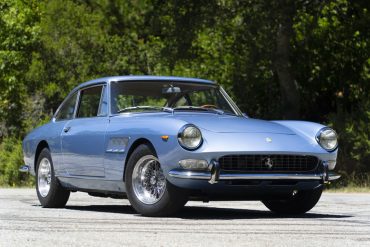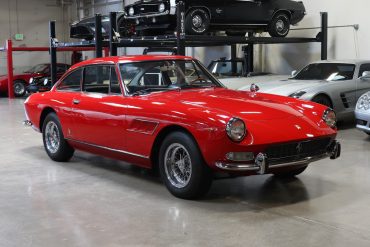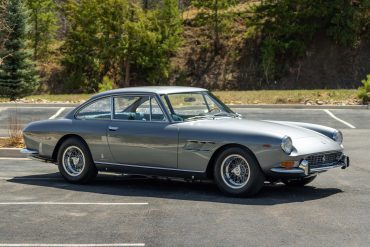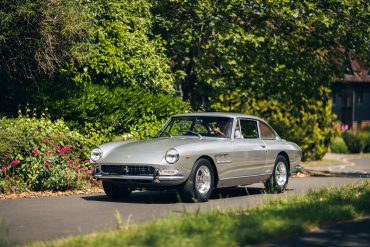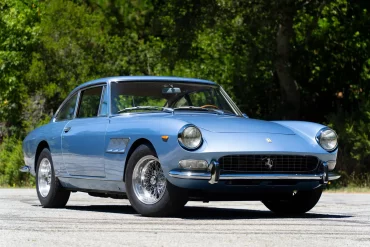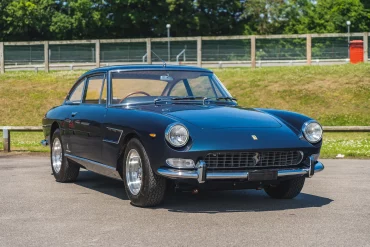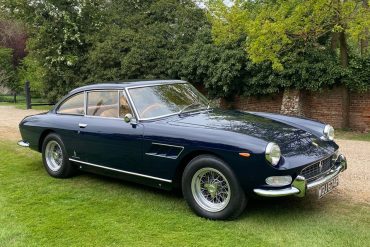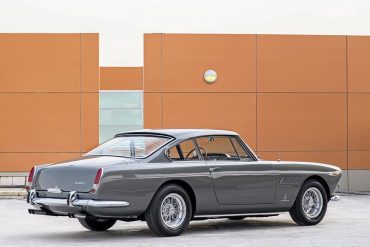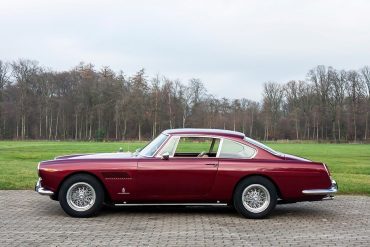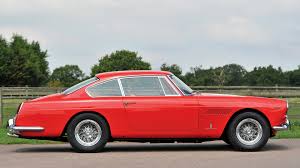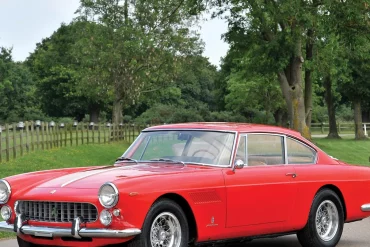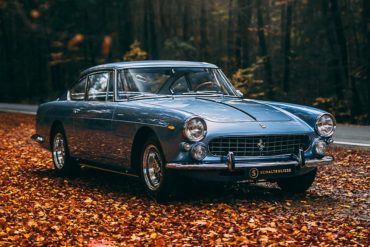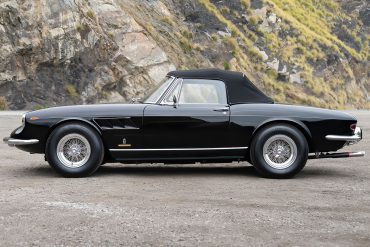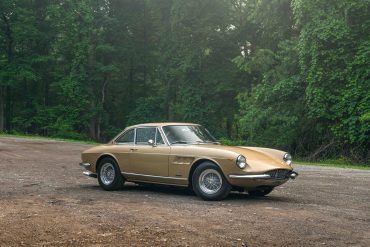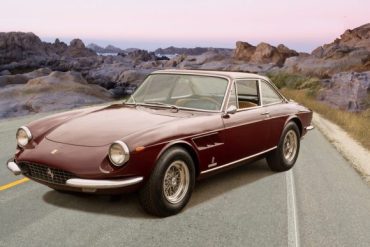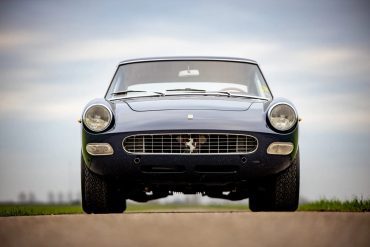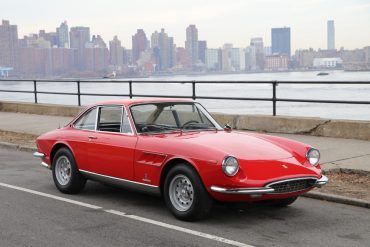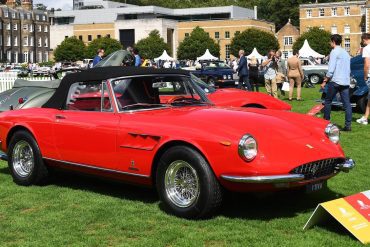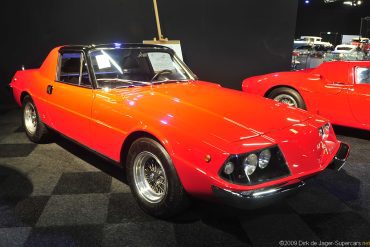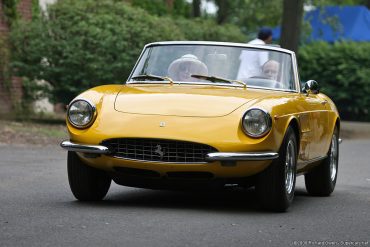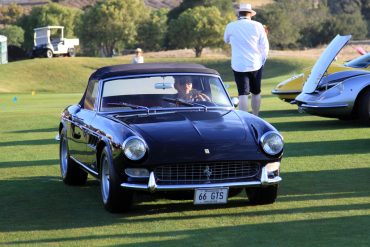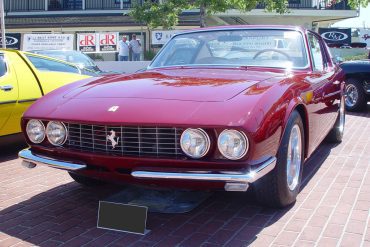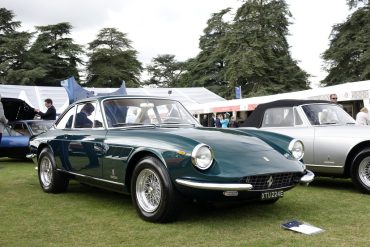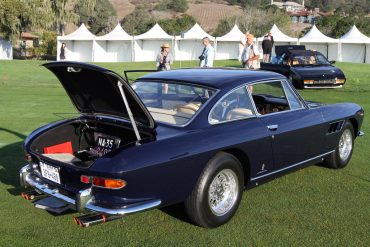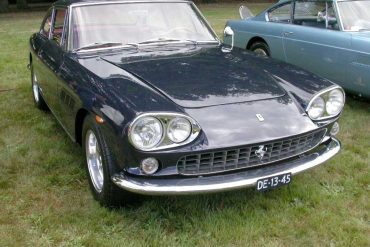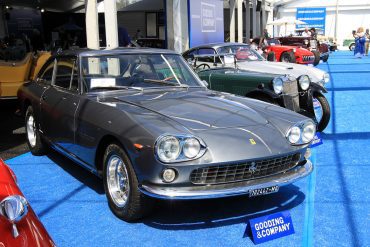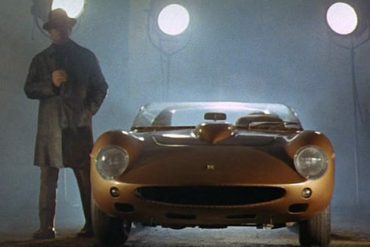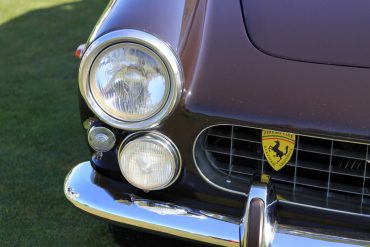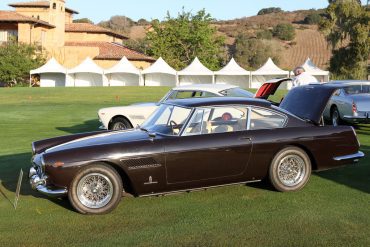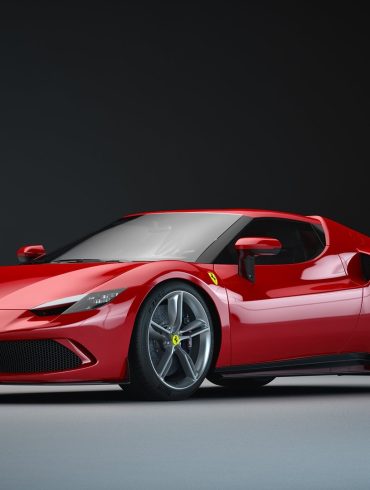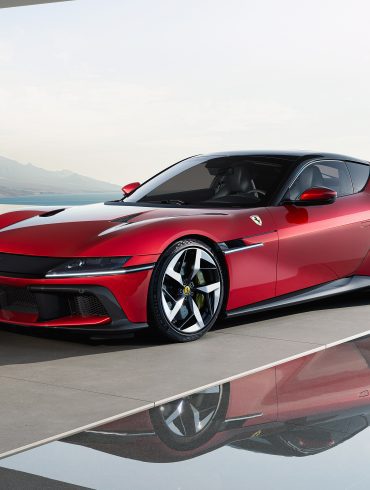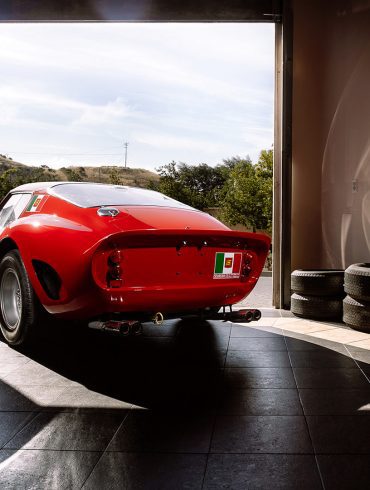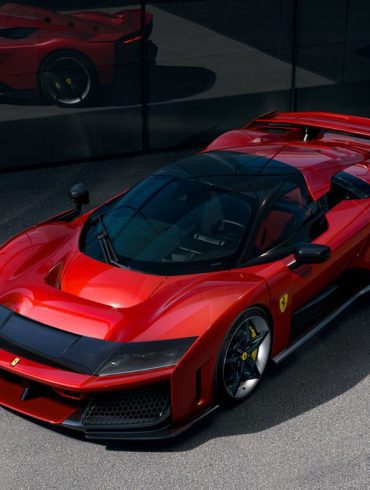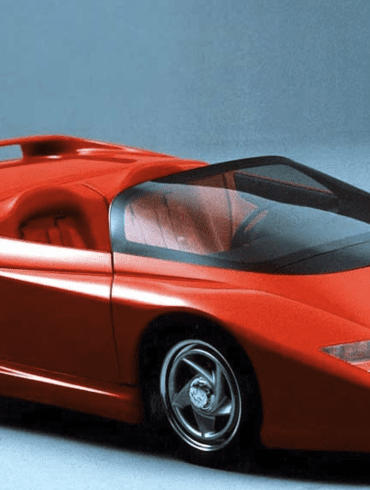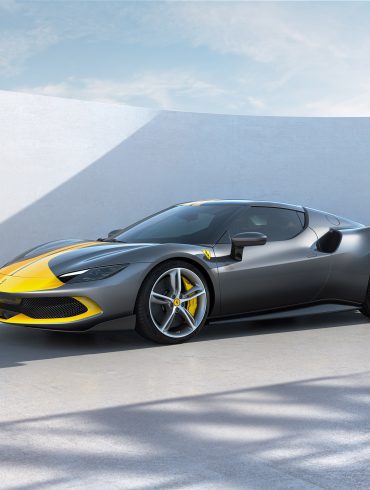Ferrari 330
The Ultimate Guide
Embark on a captivating journey through the Ferrari 330 series (1963–1968), a pivotal chapter in Ferrari's history that saw the marque embrace larger engines and enhanced grand touring comfort, with this ultimate guide exploring each model's unique characteristics, design evolution, and lasting impact. The 330 wasn't just one car, but a whole family of models and variants.
Overview / Variants / Models In-Depth / Featured Stories / Videos / Images / More Updates
The Ferrari 330 (1963–1968): A Legacy of Elegance and Performance
The Ferrari 330 series, produced between 1963 and 1968, represents a significant chapter in Ferrari’s history, bridging the gap between the earlier 250 series and the more modern 365 models.
With variants like the 330 GT 2+2, 330 GTC, and 330 GTS, this lineup catered to a diverse range of Ferrari enthusiasts, offering everything from refined grand tourers to open-top sports cars. Combining powerful V12 engines, timeless Pininfarina design, and luxurious interiors, the 330 series solidified Ferrari’s reputation for creating cars that were as thrilling to drive as they were beautiful to behold.
This article explores the history, model variants, performance, reception, and lasting legacy of the Ferrari 330.
A New Era for Ferrari
The Ferrari 330 series was introduced in 1963 as the successor to the popular 250 series. Powered by a larger 4.0-liter Colombo V12 engine, the 330 models offered improved performance and refinement, catering to a growing market of discerning luxury sports car buyers. During its production run, Ferrari refined the 330 series to meet the evolving tastes and demands of its clientele, resulting in distinct variants with unique attributes.
The series exemplifies Ferrari’s transition during the 1960s, as the brand moved beyond its roots in racing to establish itself as a maker of world-class road cars. By offering models with different configurations and purposes, Ferrari expanded its appeal to a wider audience without compromising on its signature blend of performance and elegance.
Model Variants: GT 2+2, GTC, and GTS
Ferrari 330 GT 2+2 (1963–1967)
The 330 GT 2+2 was Ferrari’s first full production four-seat grand tourer, designed to replace the 250 GTE 2+2. With a longer wheelbase and improved rear seating, the 330 GT 2+2 prioritized comfort without sacrificing performance.
Key Features: Distinctive quad-headlight design (early models), luxurious leather interiors, and optional power steering and air conditioning.
Engine: 4.0-liter V12 producing 300 horsepower.
Performance: Top speed of 152 mph and 0-60 mph in 7 seconds.
Updates: A Series II version introduced in 1965 featured dual headlights, a more refined design, and a 5-speed gearbox.
Legacy: Known for its practicality and elegance, the 330 GT 2+2 was favored by prominent figures, including John Lennon, who purchased one as his first car after passing his driving test.
Ferrari 330 GTC (1966–1968)
The 330 GTC was introduced in 1966 as a two-seat coupe, blending the chassis of the 275 GTB with the 4.0-liter V12 from the 330 GT 2+2. Designed by Pininfarina, the GTC offered a perfect balance of luxury and performance, with styling cues shared with the 500 Superfast and 275 GTS.
Key Features: Sleek, understated design, independent rear suspension, and disc brakes.
Engine: 4.0-liter V12 producing 300 horsepower.
Performance: Top speed of 150 mph and 0-60 mph in 6.5 seconds.
Legacy: Praised for its drivability and refinement, the 330 GTC is regarded as one of Ferrari’s best all-around road cars.
Ferrari 330 GTS (1966–1968)
The 330 GTS, the convertible version of the GTC, debuted in 1966, offering open-top motoring with the same mechanicals and performance as the coupe. Its design, also by Pininfarina, featured clean lines and an elegant folding soft top.
Key Features: Open-top design, luxurious interior, and a lightweight chassis.
Engine: 4.0-liter V12 producing 300 horsepower.
Performance: Top speed of 145 mph and 0-60 mph in 6.8 seconds.
Legacy: With only 100 units produced, the 330 GTS is a rare and highly sought-after Ferrari, valued for its elegance and exclusivity.
V12 Power and Precision
The Ferrari 330 series was powered by a 4.0-liter Colombo V12 engine, known for its smooth power delivery and signature exhaust note. Whether in the grand touring 2+2 or the nimble GTC/GTS, the engine provided exhilarating performance.
Chassis and Handling: The independent rear suspension introduced on the 330 GTC and GTS significantly improved ride comfort and handling, making these models more refined and composed at high speeds.
Transmission: The introduction of a 5-speed manual gearbox in the Series II 330 GT 2+2 enhanced drivability and efficiency.
Driving Experience: The 330 series offered a unique combination of long-distance comfort and spirited driving dynamics, catering to drivers who valued versatility.
Road & Track praised the 330 GTC for its “effortless acceleration and precise handling,” while Car and Driver described the GTS as “the epitome of open-top motoring, with an intoxicating blend of power and elegance.”
Then and Now
At the time of its launch, the Ferrari 330 series was celebrated for its blend of performance, style, and luxury. Reviewers admired its advanced engineering and versatility, though some critics noted that the early 330 GT 2+2’s quad-headlight design was polarizing.
Today, the Ferrari 330 series is highly regarded among collectors and enthusiasts. The GTC and GTS models are particularly prized for their timeless design, balanced performance, and limited production numbers. The 330 GT 2+2, while more common, has gained appreciation for its practicality and historical significance as Ferrari’s first mass-produced four-seater.
A Bridge to Modern Ferrari
The Ferrari 330 series occupies an important place in Ferrari’s history, bridging the gap between the iconic 250 series and the more modern 365 models. Its combination of performance, luxury, and versatility set the standard for Ferrari’s grand tourers and influenced future designs.
The 330 GTC and GTS, in particular, have become benchmarks for collectors seeking classic Ferraris that are both beautiful and usable. Their timeless appeal ensures their place among the most desirable Ferraris of the 1960s.
Conclusion
The Ferrari 330 series represents the best of 1960s automotive design and engineering, offering a range of models that catered to diverse tastes and needs. Whether it’s the practicality of the 330 GT 2+2, the refinement of the GTC, or the open-top elegance of the GTS, each variant embodies Ferrari’s commitment to excellence. With rising values and enduring appeal, the Ferrari 330 series continues to captivate enthusiasts and collectors as a timeless icon of Italian motoring.
Ferrari 330 Specs
Manufacturer: Ferrari
Production: 1963–1968
Class: Grand tourer
Layout: Front engined, RWD
Engine: 4.0 L Tipo 209 Colombo V12
Did You Know?
The 330 GT 2+2 made its film debut in the 1967 James Bond movie "You Only Live Twice." It was driven by Japanese Secret Service agent Aki, adding a touch of glamour to the film.
The 330 GTC is considered one of Pininfarina's most beautiful creations. Its elegant lines and proportions have stood the test of time.
The 330 series paved the way for the later 365 series, which included the iconic Daytona. It represented a significant step in Ferrari's evolution towards more powerful and luxurious grand tourers.
The 330 GT 2+2 is a genuine four-seater with ample luggage space, yet it retains the essential character of a Ferrari.
Road & Track (1964)
Ferrari 330 Models & Variants
The 330 wasn't just one car, but a whole family! The 1963 330 America shared the outgoing 250 GT/E's chassis but not its engine, being powered by the new 4.0 L Tipo 209 V12 It also included the 330 GT 2+2 (Ferrari's first proper four-seater), the 330 GTC and GTS (a sleek coupe and spider).
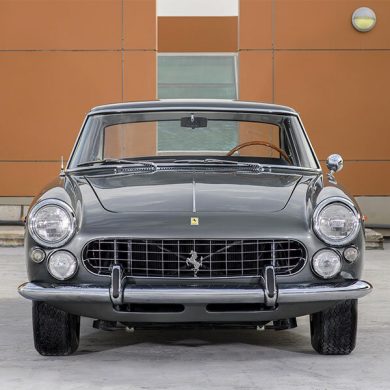
Ferrari 330 America
Type: Production Car
Years: 1963 -1964
Production: 50 units
Engine: 4.0 L Colombo V12
Power: 295 bhp @ 6600 rpm
Torque: 240 lb/ft @ 5000 rpm
0-60 mph: N/A
Top Speed: 142 mph
The final series of Ferrari's four-seat 250 GTE 2+2 were fitted with the 4-liter Columbo V12 engine and renamed 330 America. It had the same gorgeous Pininfarina designed body as the 250 GTE 2+2. The engine was upgraded with new combustion chambers and wider-spaced bores, helping it get to 300 horsepower. Learn more.
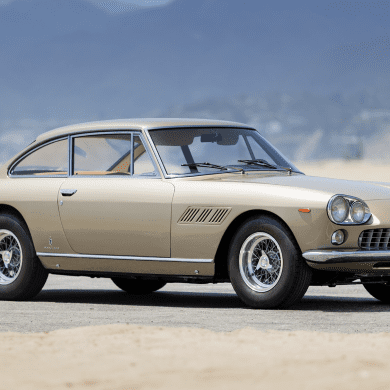
Ferrari 330 GT 2+2 I
Type: Production Car
Years: 1964 - 1965
Production: 1099 (I & II)
Engine: 4.0 L Colombo V12
Power: 295 bhp @ 6600 rpm
Torque: 240 lb/ft @ 5000 rpm
0-60 mph: N/A
Top Speed: 152 mph
Replacing the 250 GTE, the 330 2+2 was Ferrari’s second attempt at a 4-seat grand tourer. The car was often criticized for its distinctive dual headlights which was a feature used by body designer Tom Tjaarda. Not long afterward Ferrari reverted to the single headlight treatment for the model. Learn more.
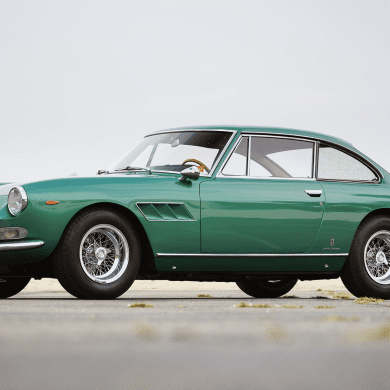
Ferrari 330 GT 2+2 II
Type: Production Car
Years: 1966 - 1967
Production: 1099 (I & II)
Engine: 4.0 L Colombo V12
Power: 295 bhp @ 6600 rpm
Torque: 240 lb/ft @ 5000 rpm
0-60 mph: N/A
Top Speed: 152 mph
Reverted from their twin-headlights back to the traditional setup and a larger 4.0-liter engine. The Series II featured a 5-speed gearbox instead of the overdrive four-speed of the prior year. Other changes included switch back to a dual-light, alloy wheels, optional air-con and power steering. Learn more.
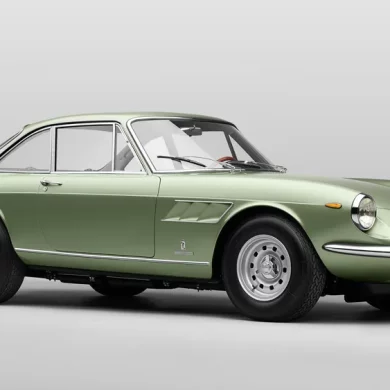
Ferrari 330 GTC
Type: Production Car
Years: 1966 - 1968
Production: 598 units
Engine: 4.0 L Colombo V12
Power: 300 bhp @ 7000 rpm
Torque: 240 lb/ft @ 5000 rpm
0-60 mph: 6.9 seconds
Top Speed: 152 mph
In 1966 Ferrari and Pininfarina released a new coupe at the 1966 Geneva Motor Show on chassis 8329. It was a more luxurious alternative to the 275 GTB/4 and took styling cues from the flagship 500 Superfast which it effectively replaced. It used a modified version of the 275 GTB/4's frame and the Tipo 209/66 V12 engine from the 330 GT 2+2 Series II. It also benefited from disc brakes and independent suspension. Learn more.
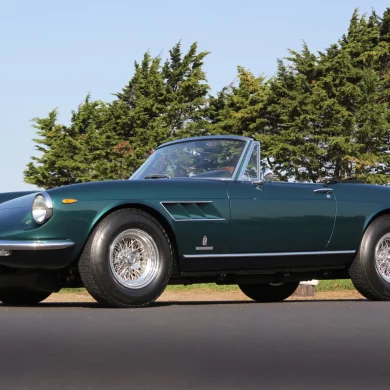
Ferrari 330 GTS
Type: Production Car
Years: 1966 - 1968
Production: 100 units
Engine: 4.0 L Colombo V12
Power: 300 bhp @ 7000 rpm
Torque: 240 lb/ft @ 5000 rpm
0-60 mph: 6.9 seconds
Top Speed: 152 mph
The 330 GTS was released in October at the 1966 Paris Auto Show. It was intended as a grand tourer that delivered quiet performance. The 3967 CC V-12 was a development of the engine used in the 400 Superamerica, and joined to the five-speed gearbox, provided flexible power across a wider range. Only 100 examples were made before the model was upgraded with a 4.4 liter engine in 1968. Learn more.
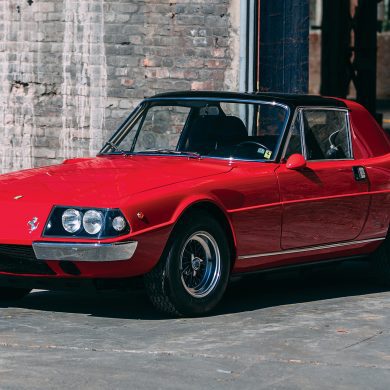
1974 Ferrari 330 Zagato Convertible
Type: One-Off Special
Years: 1974
Production: 1 unit
Engine: 4.0 L Colombo V12
Power: 300 bhp @ 7000 rpm
Torque: 240 lb/ft @ 5000 rpm
0-60 mph: 6.9 seconds
Top Speed: 152 mph
In 1974, Chinetti commissioned this 330 Convertibile. It was Zagato’s tenth Ferrari and was inspired by the 3Z Spider, albeit with significant changes. The name Convertibile reflected the type of body, which this time was fitted with rear pillars and a targa-type removable rigid roof. It looked strong and marginally heavier than the Spider, which was probably Chinetti’s intention, so as to bring out the Convertible element. Learn more.
The 330 GTC/GTS are often overshadowed by the Daytona, but they're fantastic cars in their own right. They offer a more relaxed and refined driving experience
Supercars.net


